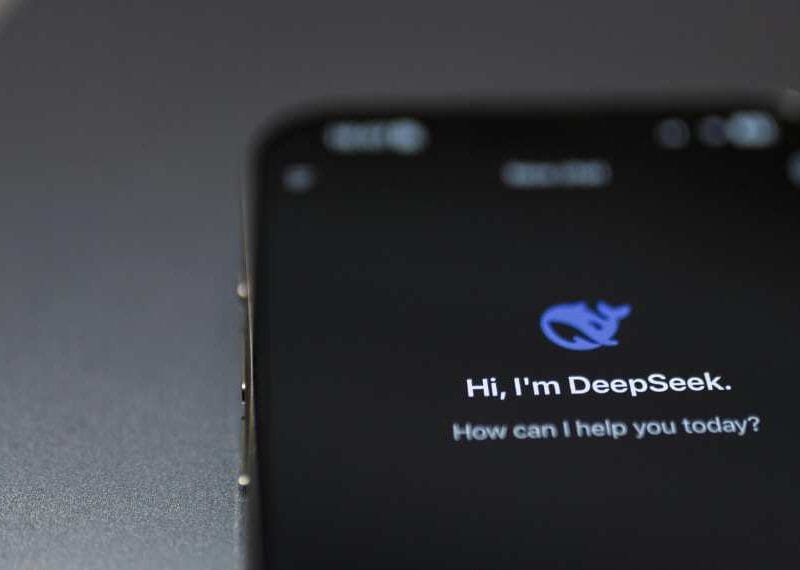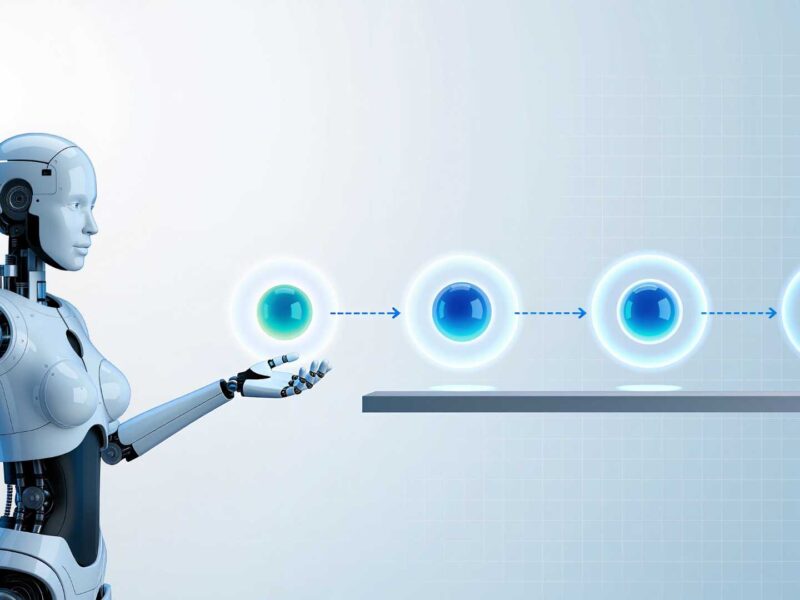The End of ‘More’: Why the Future of Tech Is Subtraction
Written by Stanley Anto, Chief Editor, Techronicler
Our digital lives are drowning in noise. We are besieged by notifications, buried in features we never use, and paralyzed by endless choice.
For years, the tech industry, and business at large, has been locked in a race governed by a single, flawed philosophy: that value is created by adding more.
More features. More options. More “engagement.”
This era of addition is over. The relentless pursuit of “more” has led to bloated products, frustrated customers, and burned-out teams.
A fundamental shift is underway, driven by a simple but powerful realization: in an age of overwhelming complexity, the ultimate competitive advantage is simplicity.
The future belongs not to those who can add the most, but to those who can subtract with the most discipline.
The Hidden Tax on Attention
Every element a business puts in front of a customer, every button, banner, and option, demands payment. The currency isn’t money; it’s the customer’s most finite and precious resource: their attention. When we clutter our products and services with excessive choices, we impose a heavy cognitive tax.
Basic psychology teaches us that an abundance of choice doesn’t empower. It paralyzes. This “paradox of choice” creates anxiety and indecision, ultimately driving customers away. The data confirms this: a landmark Standish Group report revealed that over half of all software features are rarely or never used. Businesses are spending billions to build things that customers don’t want and that actively degrade their experience.
The most successful companies of the next decade will be those that treat customer attention as a sacred resource. They understand that their job is not to present every possibility but to curate the single best path.
The Myth of 'Delight'
In the corporate lexicon, “delight” has become a goal in itself, often misinterpreted as the need to add something extra: a quirky animation, a clever marketing message, or a surprising gimmick. But this is a dangerous fallacy.
True delight isn’t a feature; it’s the absence of friction. It’s the feeling of accomplishment when a task is completed so effortlessly that it feels invisible. It’s the sense of calm and control that comes from an interface that respects your intelligence. Chasing superficial “delight” adds ornamental complexity that obstructs this deeper, more meaningful satisfaction.
The most profound way to delight a customer is to give them their time back.
The Principles of a Subtractive Strategy
Making subtraction a core business strategy requires immense discipline and leadership courage. It means saying “no” to good ideas to protect the great ones. This approach is guided by four strategic imperatives.
Define the Core Value
Before building anything, define the single most important job your product does for your customer. Ruthlessly prioritize this “one thing.” Every part of the business must either directly support that core value or be questioned. The iconic Google homepage remains the ultimate testament to this. Its power comes not from what is there, but from everything that is not.
Make Clarity Your Brand
The most confident brands are the clearest. They don’t need to shout with dozens of features because their core value speaks for itself. As Antoine de Saint-Exupéry famously wrote, “Perfection is achieved, not when there is nothing more to add, but when there is nothing left to take away.” Clarity, achieved through focus and simplicity, isn’t just a design choice; it’s a powerful market position.
Serve the Many, Empower the Few
Subtraction doesn’t mean ignoring complexity; it means mastering it. The best products keep their primary experience clean and approachable for the majority, while intelligently hiding advanced options for expert users. This is a deliberate market segmentation strategy that respects both beginners and power users without compromising the core experience.
Master the Strategic "No."
The default bias in any organization is toward action and addition. A new idea is proposed, and the immediate question is “How?” The more powerful, subtractive question is “Why?” followed by “What happens if we don’t?” This forces teams to justify every new complexity, providing the strongest defense against the feature bloat that plagues so many companies.
The Quiet Power of Less
Embracing subtraction is not just good for customers; it’s a winning business model. A simpler product is faster to build, easier to maintain, and cheaper to support. A focused experience consistently leads to higher conversion rates because the path to action is clear.
Most importantly, a brand that demonstrates respect for its customers’ attention builds a deep and lasting trust that no amount of flashy features can replicate.
In a world screaming for our attention, the most radical and valuable thing a tech business can offer is a moment of quiet focus. This is the future of building things that last.
If you wish to showcase your experience and expertise, participate in industry-leading discussions, and add visibility and impact to your personal brand and business, get in touch with the Techronicler team to feature in our fast-growing publication.











